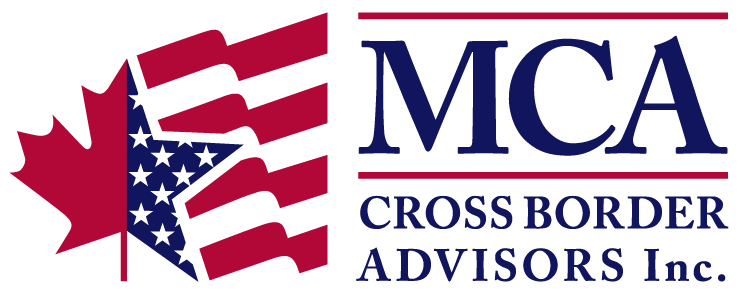Canada and the US each have strict domestic rules regarding tax residency. Under each country’s domestic tax laws, snowbirds who spend most of their time in the US but continue to live in Canada for part of the year might find themselves being tax residents of both countries simultaneously. This is not an ideal situation as it increases the chance that a snowbird will be exposed to double taxation. It is therefore preferable to establish a singular tax residency in the US (which, due to its lower tax rates, may provide a tax savings for snowbirds moving south). Establishing a singular tax residency also simplifies a snowbird’s tax filing obligations.
Fortunately, the Canada-US Income Tax Treaty (the “Treaty”) has tiebreaker rules that evaluate an individual’s facts and circumstances to determine which country has a stronger claim to a person’s residence. The Treaty overrides domestic tax rules; as long as snowbirds can prove tax residency in the US by demonstrating various facts under the Treaty, they are automatically deemed non-residents of Canada.
Snowbirds who spend the majority of their time in the US often like to retain a residence in Canada that they can use during the months spent north of the border. With the right pre-departure planning and consideration of Treaty rules, it is possible for a snowbird to keep a home in Canada without being deemed a Canadian tax resident, thereby maintaining a snowbird lifestyle even after moving to the US – and without jeopardizing one’s status as a US tax resident.
